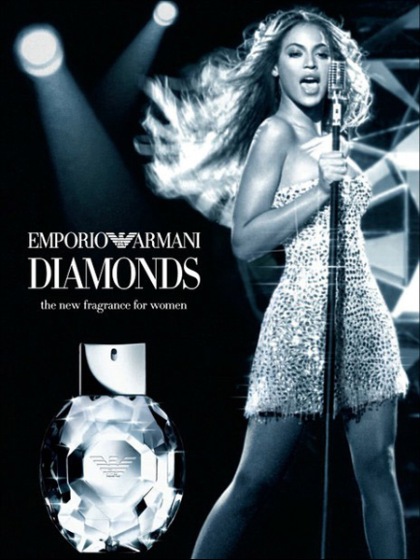Modern shampoos don’t only leave hair clean but also take care of the strands and scalp. In order to allow the cosmetic to fulfill its tasks, it must match your hair needs. Before we discuss what shampoo should contain and how to choose it to match a hair type, first let us explain how hair should be washed, rinsed and toweled.

How to wash hair properly?
Hair washing is the basics of hair care. This simple procedure frees strands from dust, excess of sebum and residues of styling products. Thanks to this scalp and hair can breathe freely as it’s easier for them to absorb nourishing substances more effectively.
Hair washing is such a common thing to do that probably nobody wonders how to carry it out properly. It turns out that such an attitude might be deceptive because improper washing doesn’t serve hair well, nor the scalp is indifferent to this. How to wash hair in the right way? You should start with making your hair wet. The water used at this stage should be warm so as to remove grease, yet it can’t be too hot because skin dislikes high temperatures. Instead of pouring a shampoo directly onto hair, it’s better to pour the cosmetic into a hand first and thin it down with water to let it lather. Only then should you put the shampoo to your head. This technique brings out two benefits: hair rubbing is limited and you save up more shampoo.
Now the surfactants start surrounding fat compounds that are located among hair and detach them from its surface. Keep massaging your scalp delicately with the fingertips. Begin with above the neck area and move towards forehead and temples.
How to rinse out shampoo and towel hair dry?
To rinse lather out you should use lukewarm water that helps close hair cuticles and increases hair resistance to mechanical damages. If the hair hasn’t been washed for a few days or when there is a thick layer of styling products on it, it’s advisable to reapply the shampoo. Otherwise, it might be really hard to remove all impurities and the hairdo may look flat. Once the lather is completely rinsed out from the hair, strands should be neither energetically toweled nor combed because when damp, hair becomes easily breakable. It’s definitely better to wrap the head with a towel so as to let the water get absorbed into the material freely.
Substances that shampoo should contain
Shampoo should contain substances that positively influence follicles and hair structure. This includes:
- ceramides – protect from dehydration and aggressive external factors;
- proteins, mainly keratin and collagen – support hair growth and prevent water loss;
- panthenol (pro-vitamin B5) – accelerates hair growth and hair regeneration as well as relieves skin inflammation;
- vitamins E and A – stimulate hair regeneration and protect it against free radicals and UV radiation;
- plant oils – moisturize and increase hair elasticity, protect against solar radiation, restore shine and increase hair combability;
- herbal extracts – soothe and display medicinal properties, regulate sebum production.
How to match shampoo with hair type?
- Shampoo for oily hair
This type of hair needs substances that slow down hyperactivity of oily glands and impede distribution of grease along the hair length. Shampoo for oily hair should leave hair fresh and moisturised as well as restore scalp’s natural hydro-lipid barrier. - Shampoo for dry and damaged hair
Such cleaning cosmetics should contain a huge concentration of conditioning substances, especially lubricating and nourishing ones. Cationic cellulose polymers, surfactants and silicone prevent hair cuticle from rising, which leads to tangling. Also, the very substances leave hair smoothed out. Shea butter and coconut extracts protect hair against the adverse action of UV and help strands become moisturized and regenerated. Damaged, bleached and permed hair should be washed with a shampoo containing linseed or chamomile. Dry hair seeks proteins and lipids that replenish hair with water from the inside. - Shampoo for thin hair
In this case, it’s suggested reaching for a shampoo that lifts hair at the roots, which makes the hair look more voluminous. This is how shampoos with amino-peptides work. Apart from them, a shampoo for thin hair should contain silicone that smooths hair surface out as well as keratin, anti-oxidants and sunscreens. - Shampoo for curly hair
Shampoos that are recommended to take care of locks are supposed to moisturize, prevent frizz and enhance the natural hair curl. Curly hair should be washed with a shampoo containing aloe that smooths hair out, softens and regenerates. When it comes to shampoos containing either palm oil or Shorea, they tame unruly wisps and leave them intensively moisturized. - Shampoo for colour treated hair
Dyed hair requires a shampoo that leaves it moisturized and intensifies the colour. Such cosmetic should contain proteins, panthenol and sunscreens. The colour is enhanced by pro-vitamin B5, chamomile lightens up blonde hair and violet shampoos help to get rid of yellowish shade of hair. When it comes to dark hair, it should be washed with shampoos containing henna, tea or perennial plant extract. - Dandruff shampoo
Shampoos combating dandruff do two things: condition and fight back fungi. Their task is to prevent epidermis exfoliation. Owing to the content of soothing substances that relieve irritated scalp, dandruff shampoos rebuild hair structure and slow down excessive hair loss. Ingredients that such beauty product should contain are: active zinc, vitamin E, menthol, active selen, sulfur water and ginseng extract.







Leave a Reply